Here you’ll find an offering of the newest Teaching with Historic Places resources, including classic lessons and (H)our History lessons.
New Lessons
-
 (H)our History: Alaska Statehood
(H)our History: Alaska StatehoodThis one hour lessons looks at the Cold War shaped the story of Alaska statehood.
-
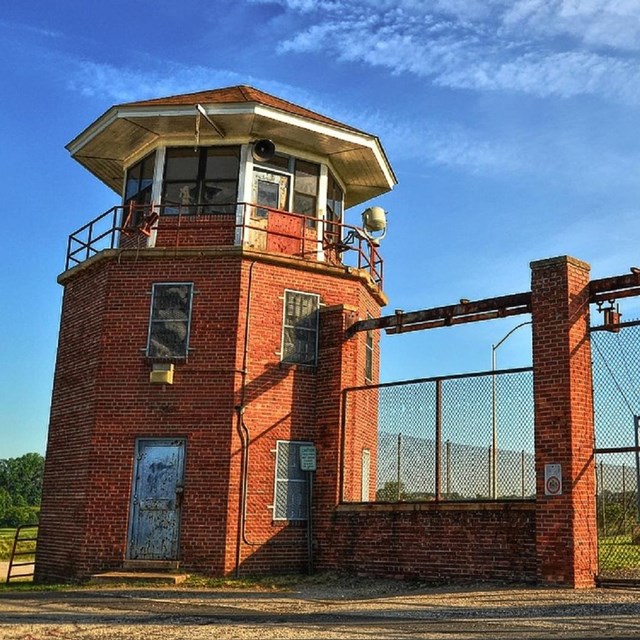 (H)our History: Lorton Reformatory
(H)our History: Lorton ReformatoryThis lesson on the Lorton Reformatory examines Progressive reformers’ effort to build build prisons that focused on rehabilitation.
-
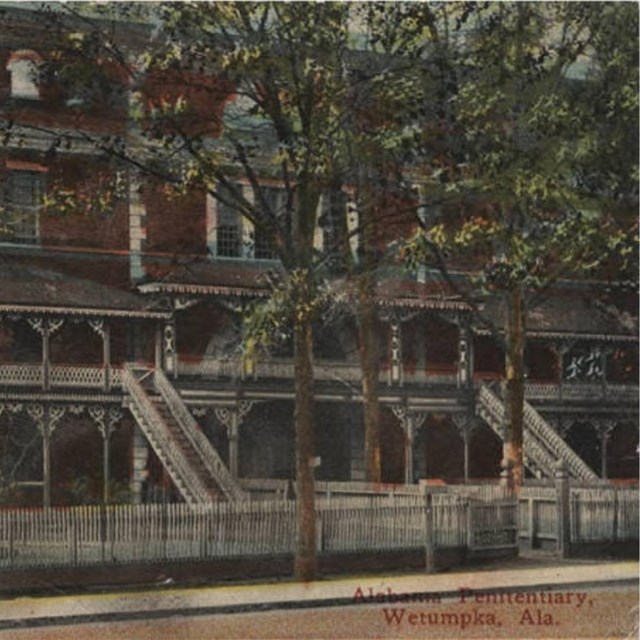 Alabama Penitentiary Lesson
Alabama Penitentiary LessonIn this classic lesson, users will learn about one of the first state prisons built in the South, the Alabama State Penitentiary.
-
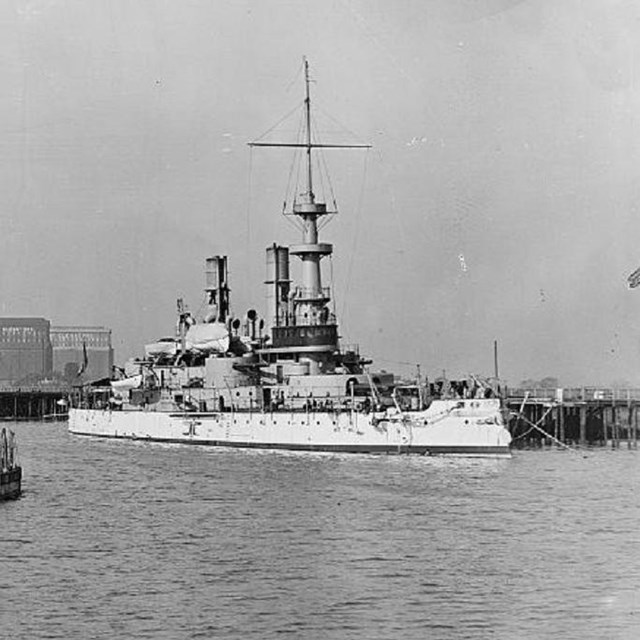 WWI Philadelphia Navy Yard Lesson
WWI Philadelphia Navy Yard LessonThis classic lesson looks at the role the Philadelphia navy yard played in shipbuilding, repair, and docking during World War I.
-
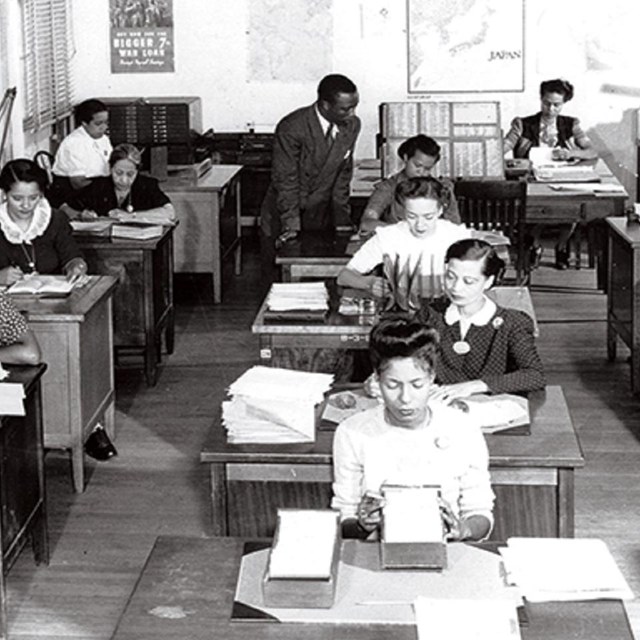 WWII Women Cryptologists Lesson
WWII Women Cryptologists LessonThis lesson highlights women on the home front who contributed to the Allied victory by breaking codes and deciphering enemy messages.
-
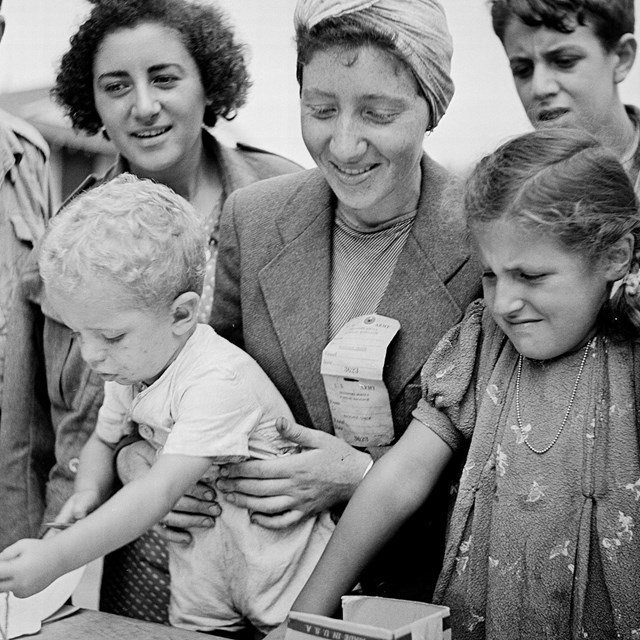 (H)our History: Fort Ontario
(H)our History: Fort OntarioThis lesson plan explores Fort Ontario and helps students understand religion, foreign policy, refugee policy and the WWI home front
-
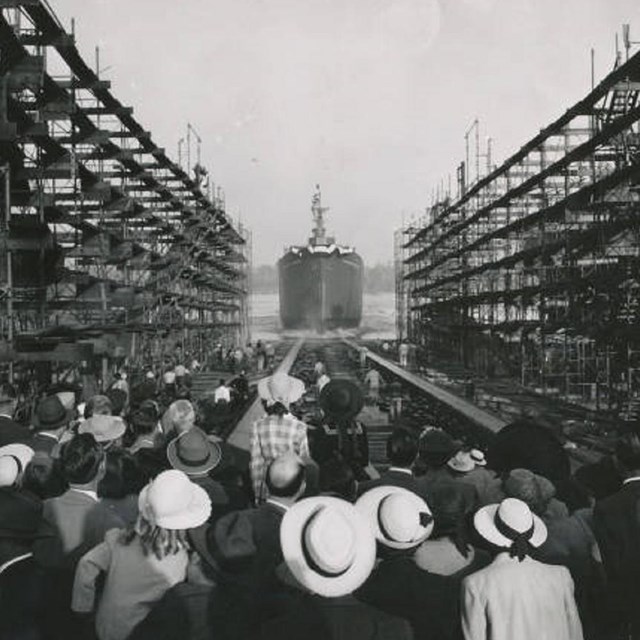 Wilmington, NC, WWII Heritage City
Wilmington, NC, WWII Heritage CityThese lesson plans support the development of understanding the significance of Wilmington, NC as a WWII heritage city.
-
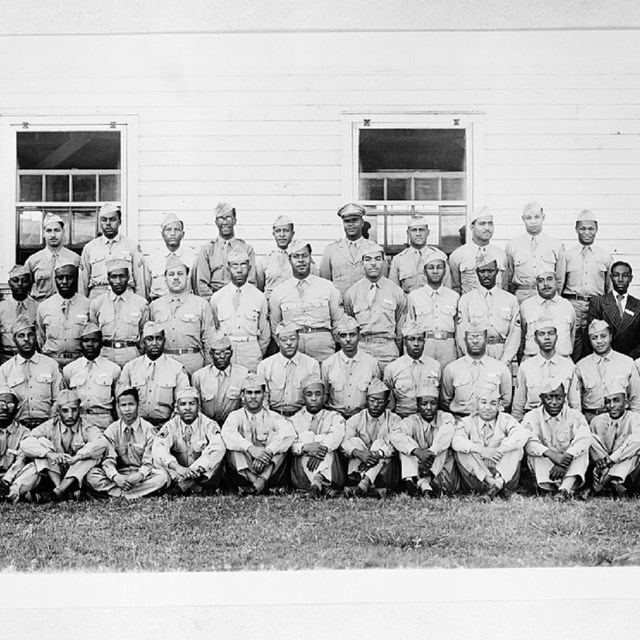 The Tuskegee Airmen: Training Experience
The Tuskegee Airmen: Training ExperienceThis lesson focuses on the historical significance of the site by highlighting stories and voices of Tuskegee Airmen trained at Moton Field
-
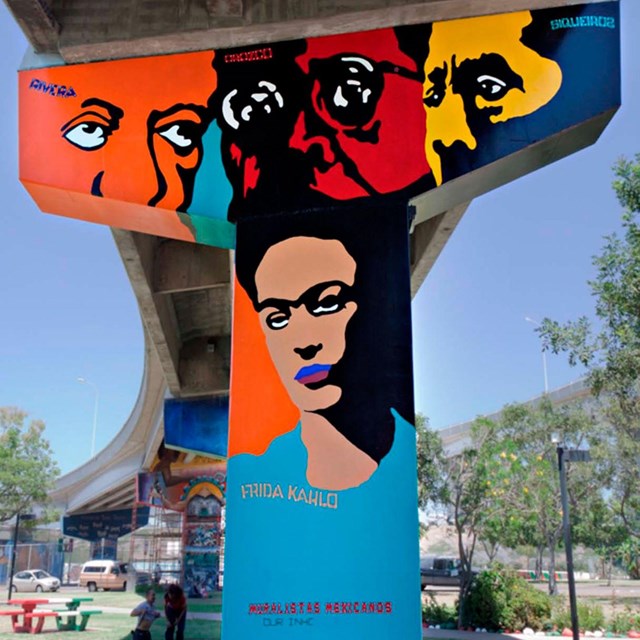 Mural-Making in Latino Spaces Lesson
Mural-Making in Latino Spaces LessonThis lesson explores how communities celebrate their accomplishments, memorialize their pasts, and advocate for the future through murals.
-
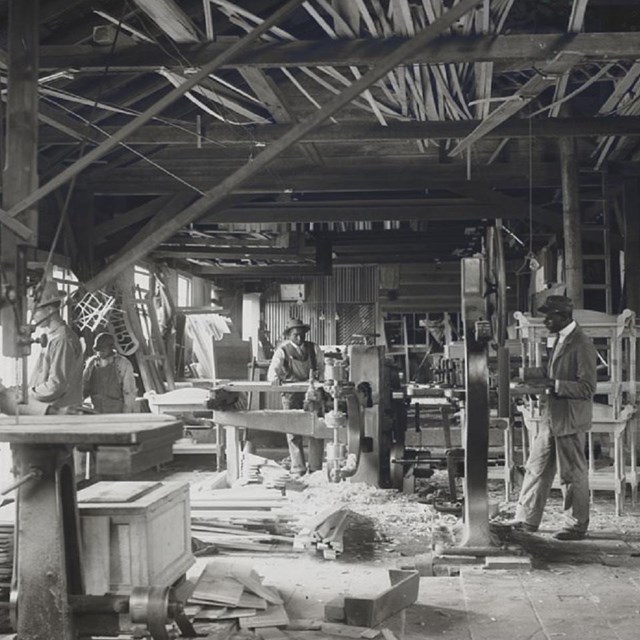 The Home of Dr. Booker T. Washington
The Home of Dr. Booker T. WashingtonThis lesson plan focuses on The Oaks (NRHP) which is located at the Tuskegee Institute National Historic Site.
-
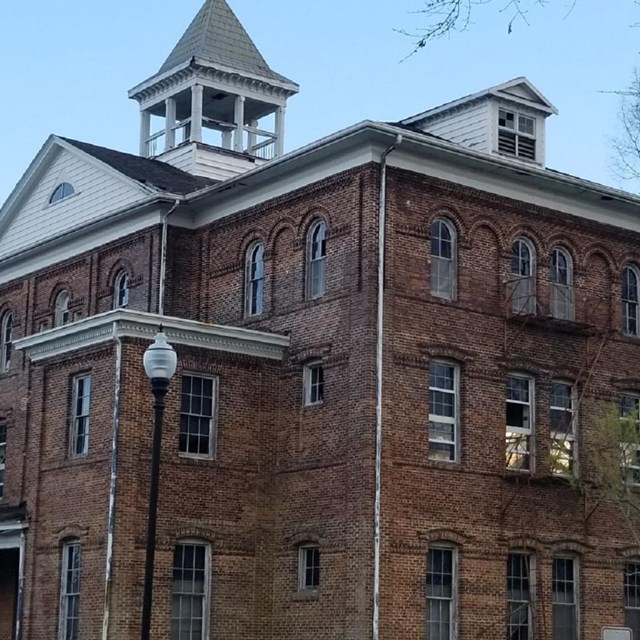 One Brick at a Time
One Brick at a TimeThis lesson plan focuses on the architectural impact Robert R Taylor on the Tuskegee Institute
-
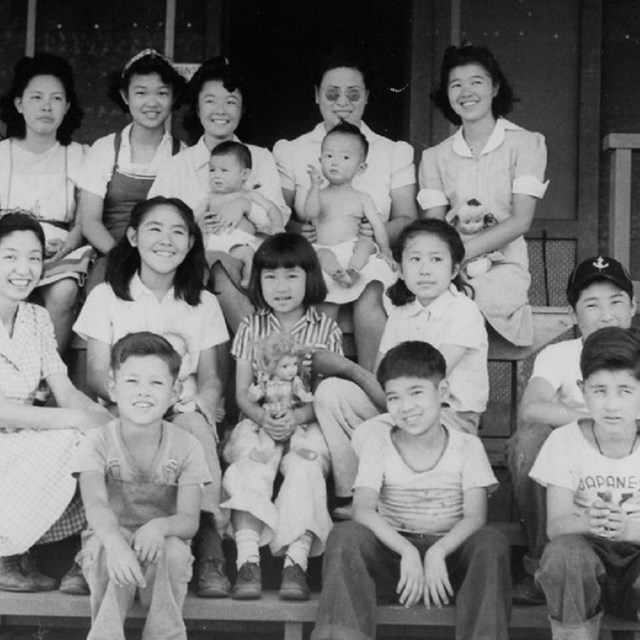 Buddhism in WWII Incarceration Camps
Buddhism in WWII Incarceration CampsThis lesson allows students to identify the role Buddhism played in the lives of Japanese Americans during and after incarceration in WWII
-
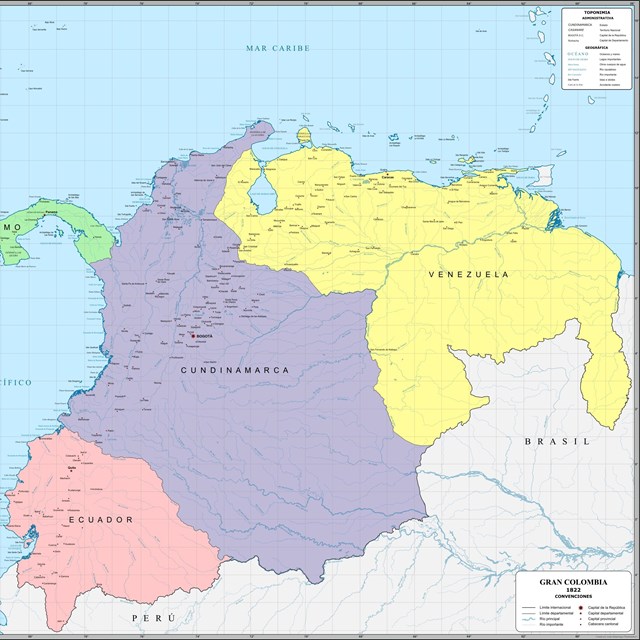 Sister Revolutions on Two Continents
Sister Revolutions on Two ContinentsThis lesson examines how Americans in the US used Latin American Revolutions to understand principles of democracy, liberty, and equality.
-
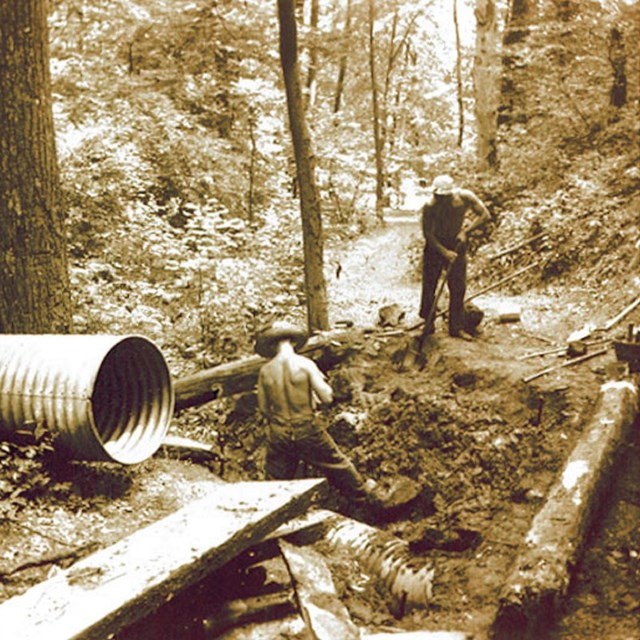 (H)our History: Patapsco Camp
(H)our History: Patapsco CampDuring World War II, conscientious objectors served their country non-violently at Civilian Public Service camps like Camp Patapsco.
Last updated: January 5, 2023
